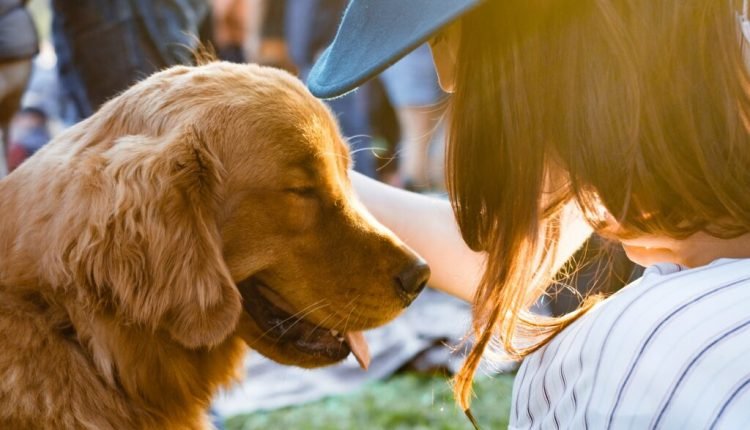There are few things more exciting than bringing home a new furry family member. This new addition will be part of your family for years to come, so we know how important it is for you to create a strong bond from day one. To help you out, we’ve put together a list of the best ways to bond with a new pet – and spoiler, it involves food!
Get insight from foster parent or shelter staff
If possible, schedule time to talk with your pet’s adoptive parent or with a staff member at the shelter where he was adopted who knows him well. During this call, you can ask them questions about your pet’s personality, preferences, or anything else you would like to know. Some of these questions could include:
- Do they have a favorite toy or game?
- Do they have general likes or dislikes?
- Do they already know any commands or tricks?
Knowing the answers to these and other questions will give you a great starting point for creating bonding opportunities with your new pet.
Determine what kind of food they like the most
The food your pet eats impacts their overall health, but it can also be used as a tool to help strengthen the bond you have with your new pet. This is especially true if you have a food-motivated pet that loves nothing more than a tasty treat! To maximize the impact of your pet’s food, you must first determine what type of food he likes the most.
A fun way to do this is to create a “tasting menu” for your pet to try. Simply select a few different types of food that vary in format and ingredients and offer them to your pet one at a time. For example, this tasting menu could include:
Watch to see how they react to each serving and in the end you’ll probably see that they have a preference for one or two over the others. You can then offer them as main recipes and use them as high value treats throughout the day or in training.

Try lots of new things
If you can’t talk to a foster parent or shelter staff, the best way to get to know your pet is to try lots of new things with them. The more things you experience together, the sooner you’ll start to see how they react to different situations and whether certain things — like toys, food, or games — stand out as winners.
To be environmentally (and financially) responsible, instead of buying a bunch of brand new stuff, try asking other pet owners what their fur baby’s favorite toys and games are. You might even ask them if they’d be willing to lend them to you for a few hours to see how your pet likes them. If they end up winning, it makes sense to invest in one for your pet, and if not, move on to the next thing!
Add little bonding moments to your daily routine
Once you have a better idea of your new pet’s preferences, look for ways to incorporate them into your daily routine. For example, your average weekday might look like this:
- Serve them their favorite Freshpet recipe for breakfast
- Walk around the neighborhood, with a pocket full of Freshpet treats to reward good behavior
- Spend a dedicated part of your lunch break playing with their favorite toy
- Feed them a Kong filled with healthy human foods, such as carrots, to encourage independent afternoon play near your workspace
- After work, spend time practicing new tricks and commands, rewarding your pet’s progress with treats and praise
- End the day with an extended walk or play session so they end their day with some one-on-one time with you
Creating those little moments throughout the day where you can bond with your new pet is a great way to help you build a strong relationship.

Embrace Positive Reinforcement Training
Training should not be approached with a “finish line” mindset. Instead, it should be considered a trip of a lifetime for you and your pet. Through positive reinforcement training, you and your dog will improve the way you communicate and cooperate with each other. Not only will this strengthen your bond, but it is also proven to increase your pet’s confidence and reduce their feelings of anxiety, especially in new situations. If you want to learn more about positive reinforcement training, we’ve put together everything you need to know in another blog, here.
If you’re still in the early stages of your adoption journey, we also recommend checking out our advice on how you can start preparing for your newcomer’s arrival. And as always, if you have any other ideas for ways to bond with a newly adopted pet, leave them in the comments for other pet parents to read!

Comments are closed, but trackbacks and pingbacks are open.